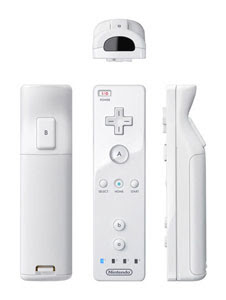Okso a quick run-through the rules i have created so far - these are not finalised and may be amended and added on throughout production and testing.
The cards will each have a number (which represents a point) not only this but the card also has a symbol (yet to be decided which symbols) and a letter J,U,K and E.
THE OBJECTIVE of the game is to gain AS MANY points as possible.
A pen and paper should be used to keep score.
Firstly the cards are shuffled, and 5 are given to each player and the rest are placed face down in a pile.
The means of winning a game is to collect at least 4 cards that spell out JUKE by replacing unwanted cards with the pile on the table. The player must first dicard an unwated card
face down near the pile and then pick the top card from the pile. The cards must not be seen by the other player(s).
Note that a player will always have 5 cards at the end of their go so a duplicate lettered card may arise, this card will then be used for the value of the points or symbol it has with the exception of the special cards (which will be explained on the next blog).
Once a player has JUKE they may call juke to end the game and the points on the cards are added by each player to give a total. The player who won by calling JUKE gets a bonus and triples their score for the game. JUKE does not have to be called straight away, instead a player can continue replacing their cards to try and get as many points as possible. HOWEVER if another player gets and calls JUKE then
they shall receive the bonus.
The game is played four times for J,U,K E and each player goes at least once. And the point score from all the games are added together to create a total score.
So overall the game is to be greedy and get as many points as possible but also not to be too greedy and lose bonuses! A player is to try and juke the opposition to become victorious!












